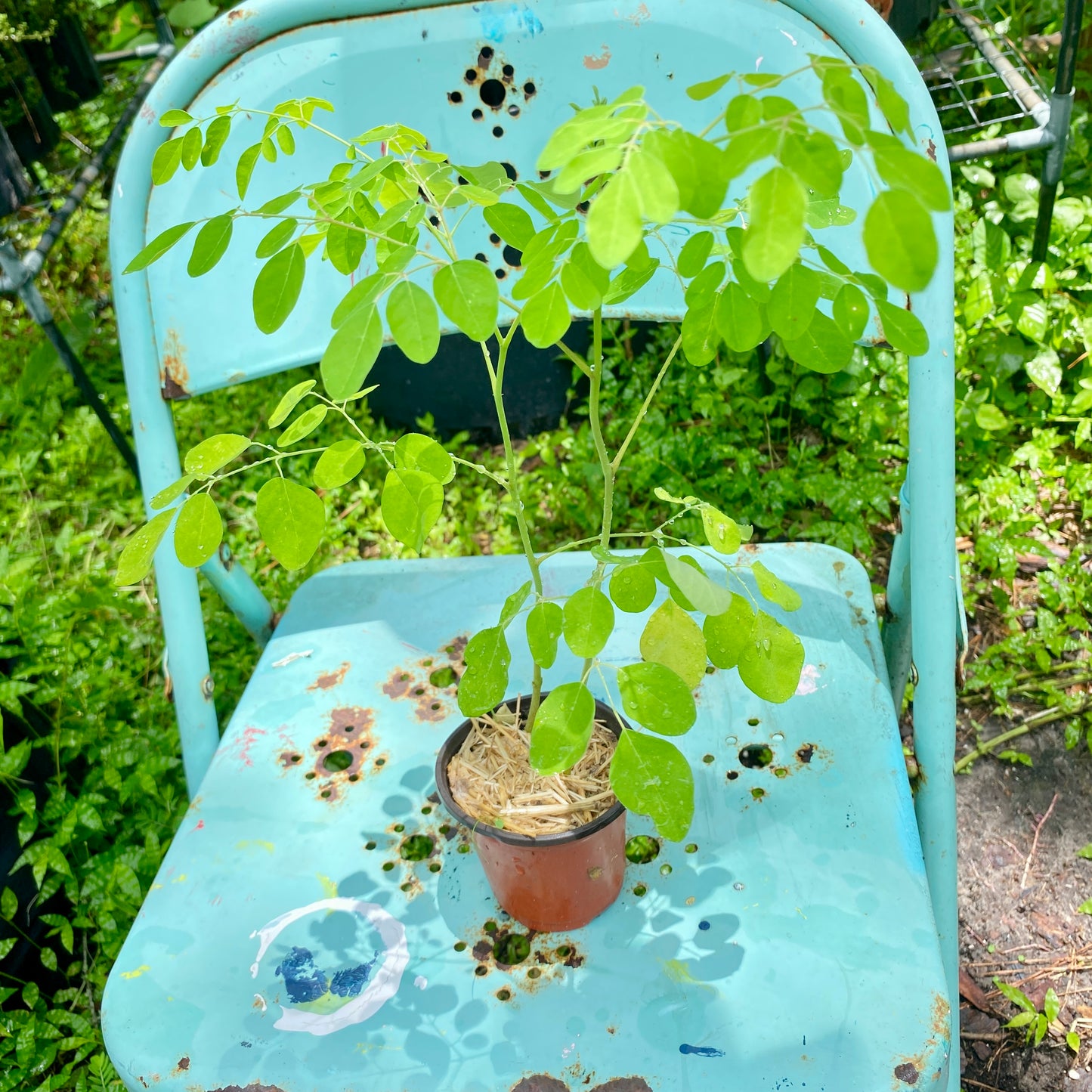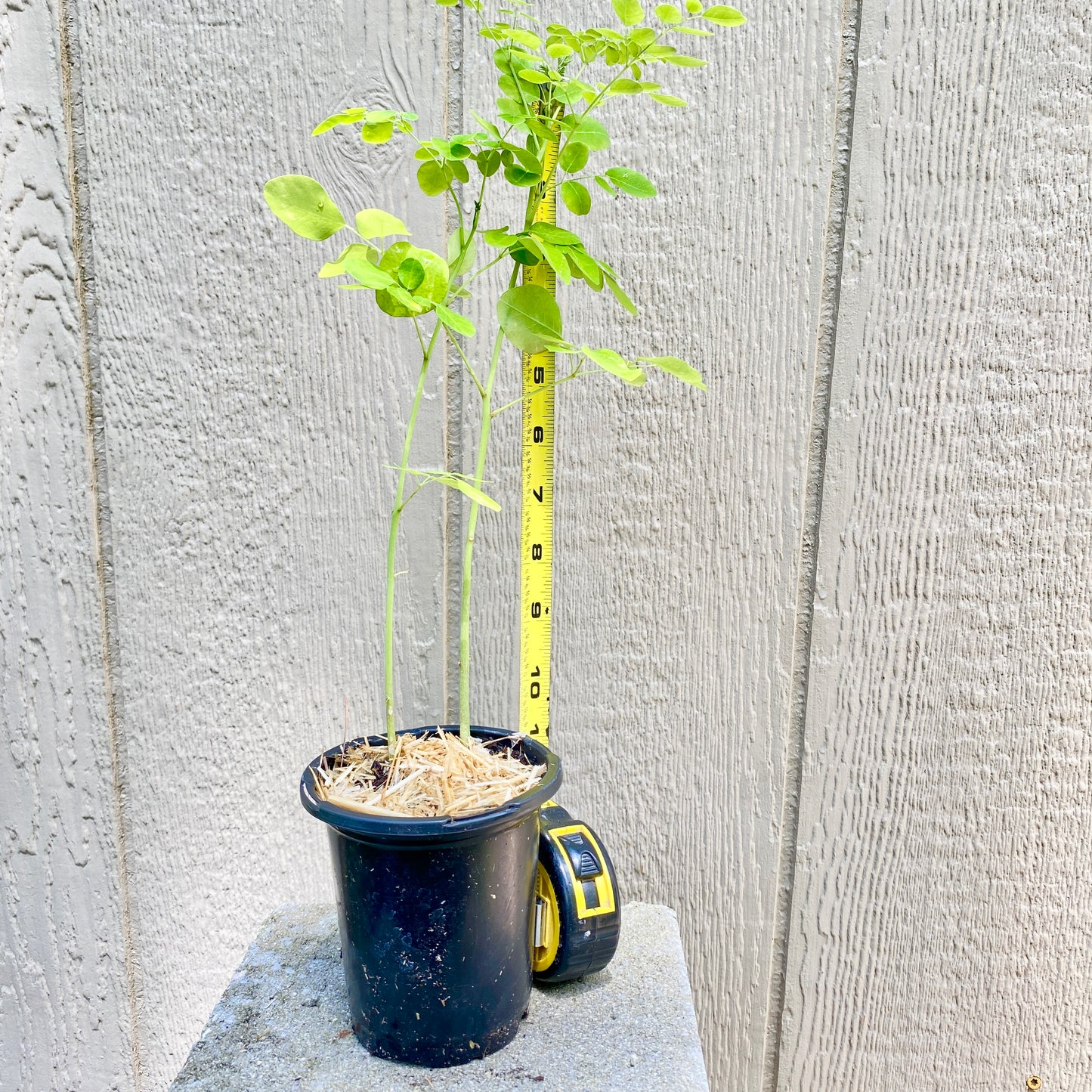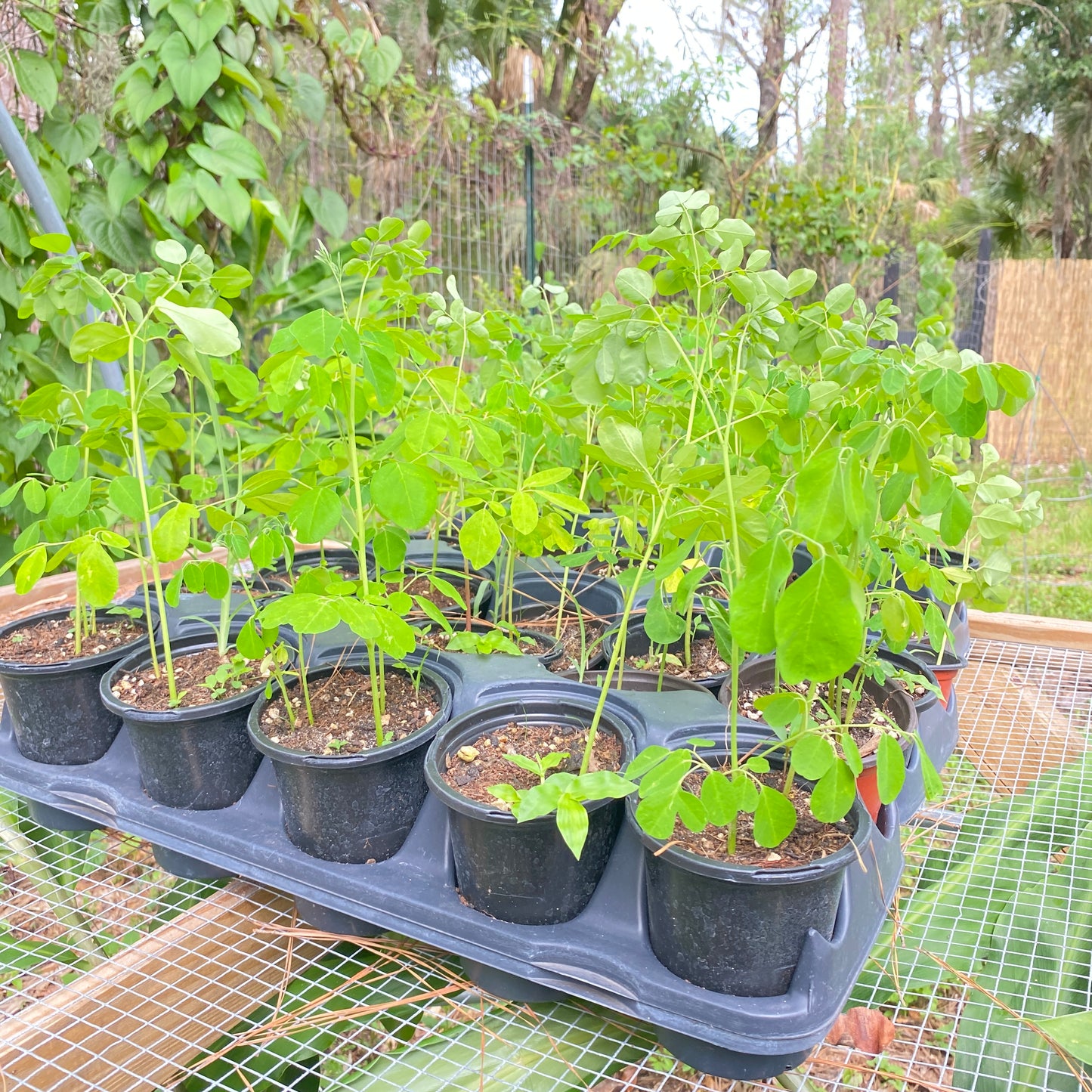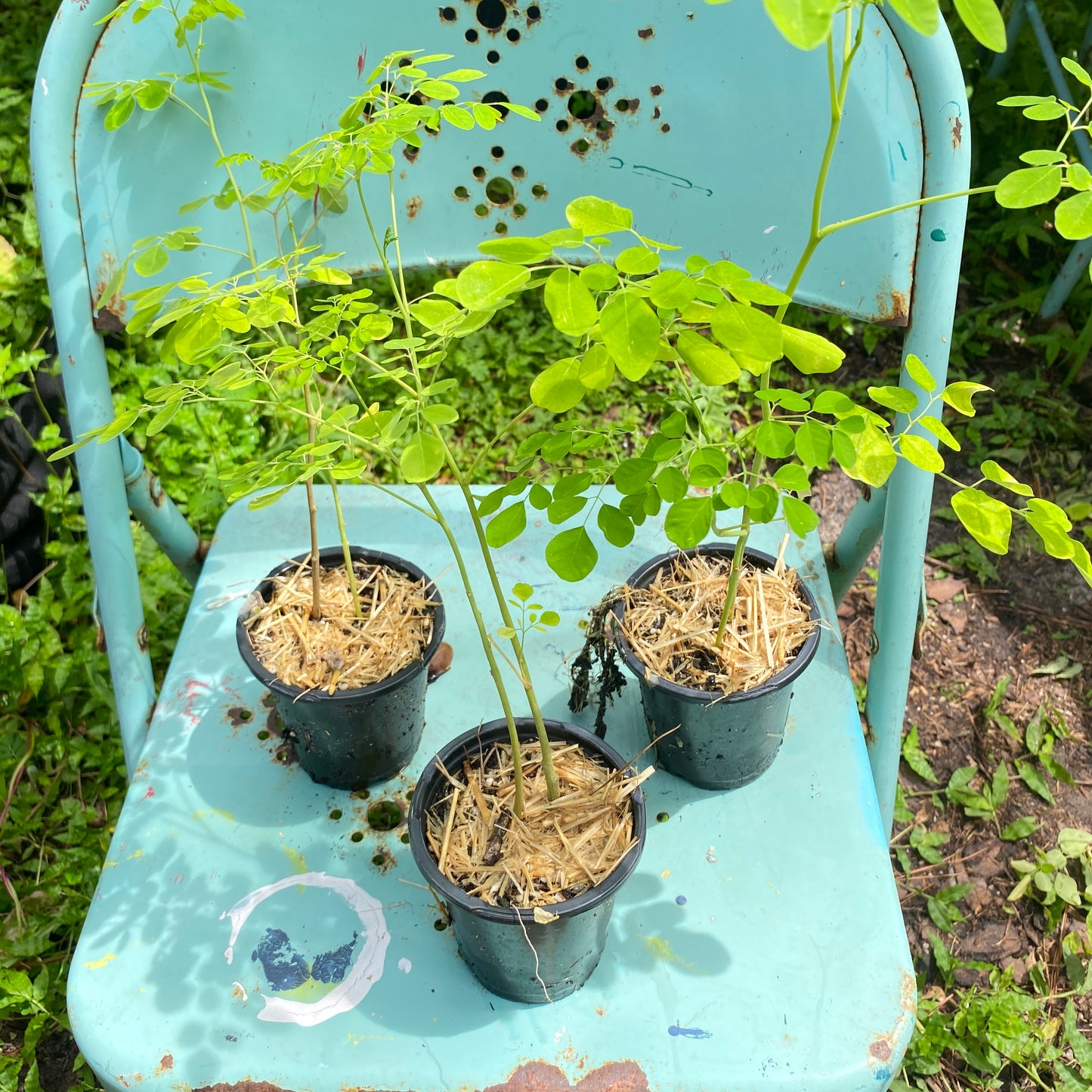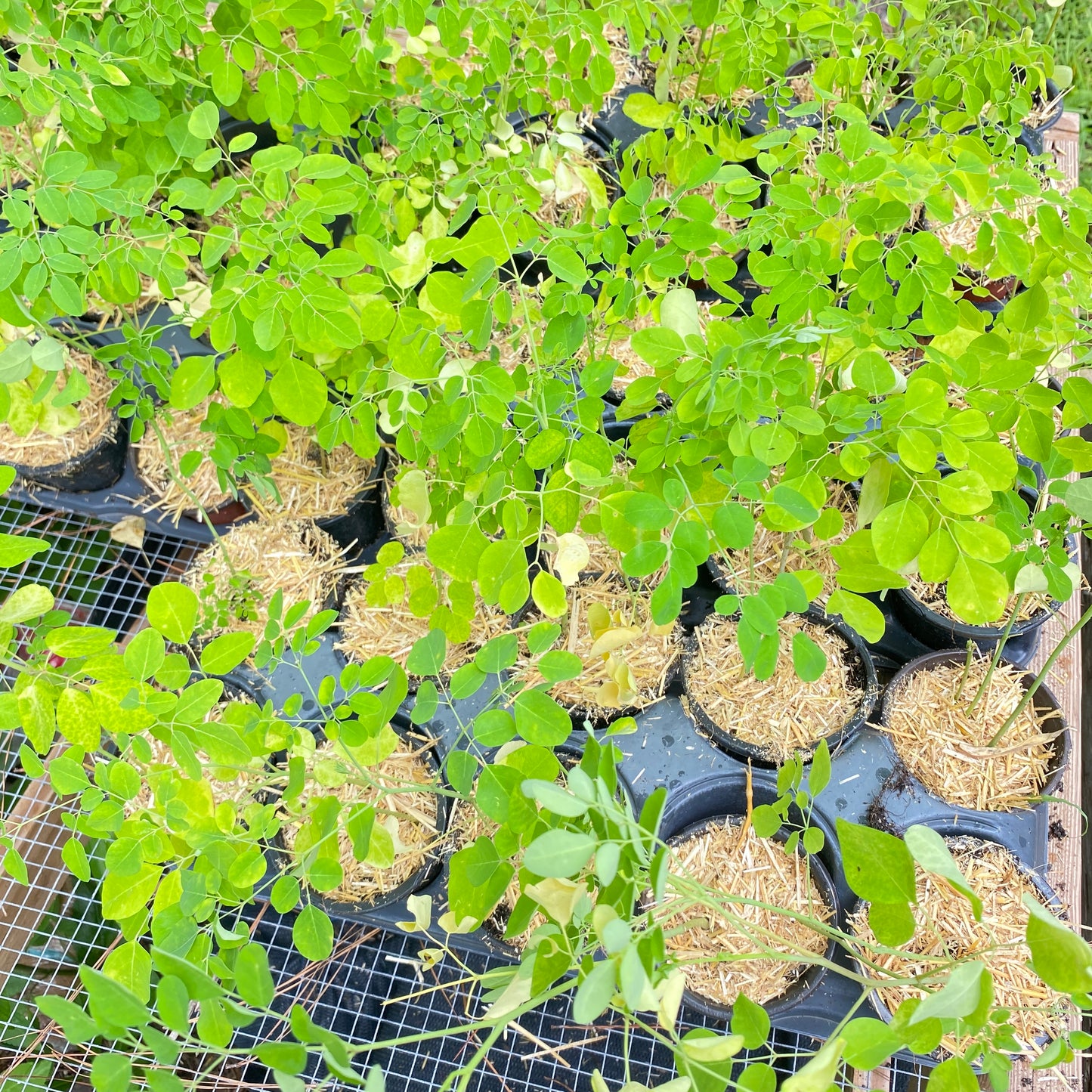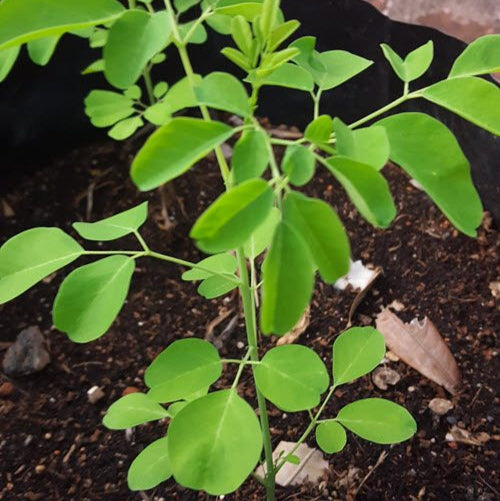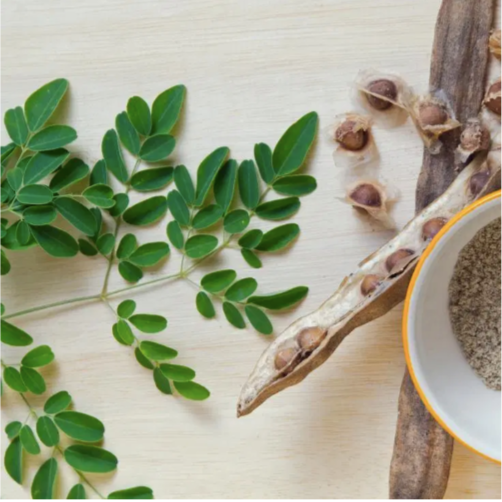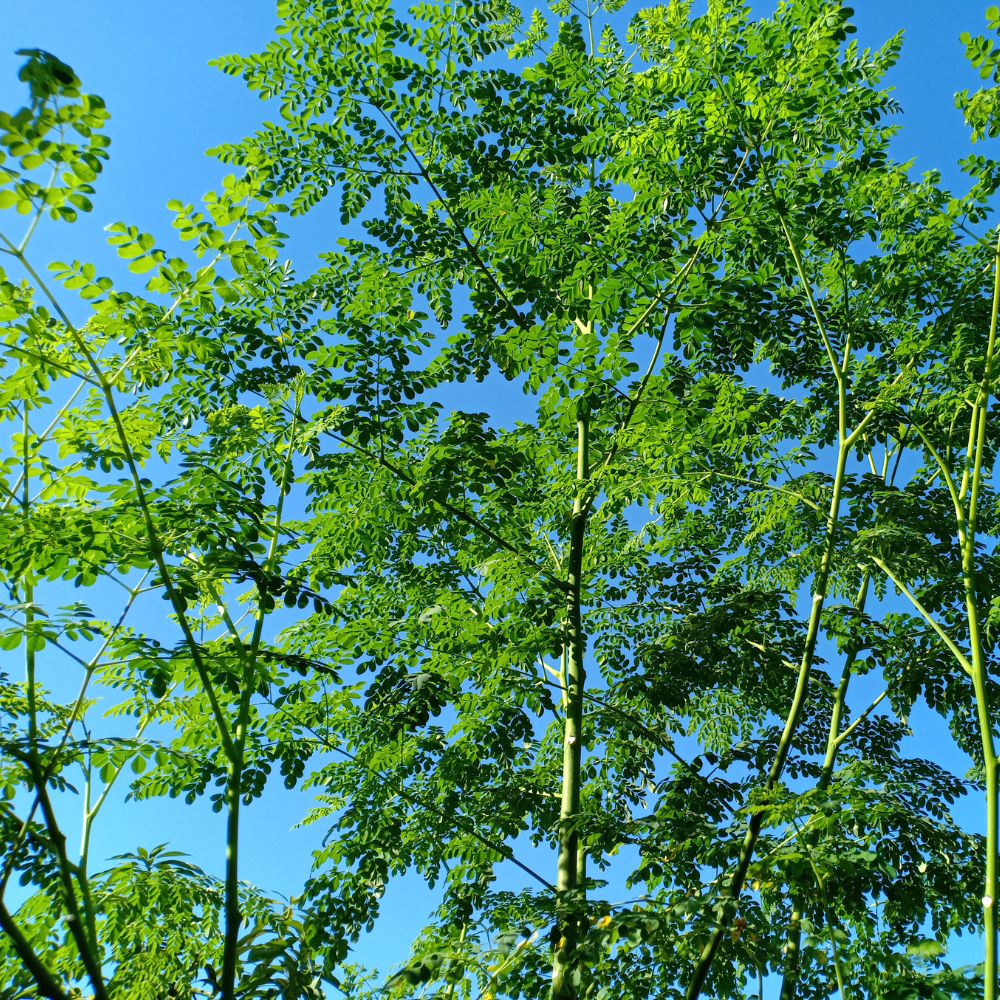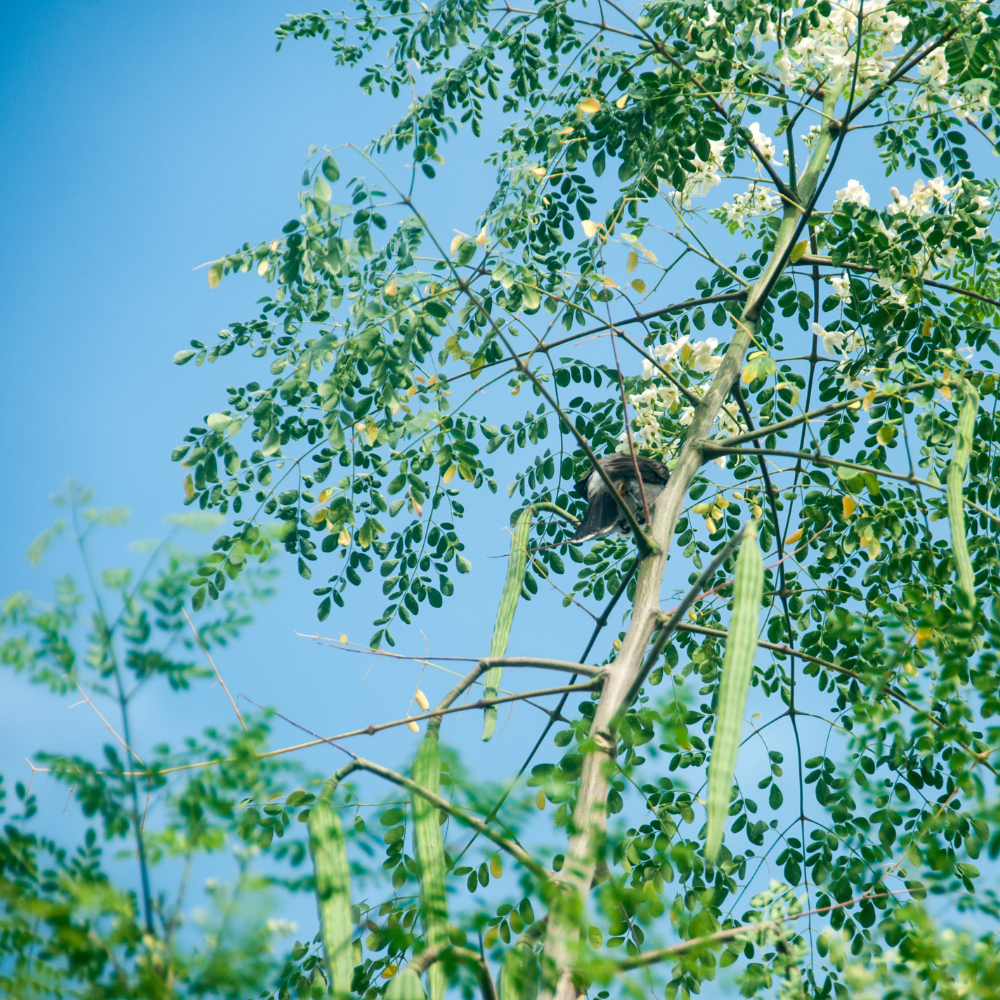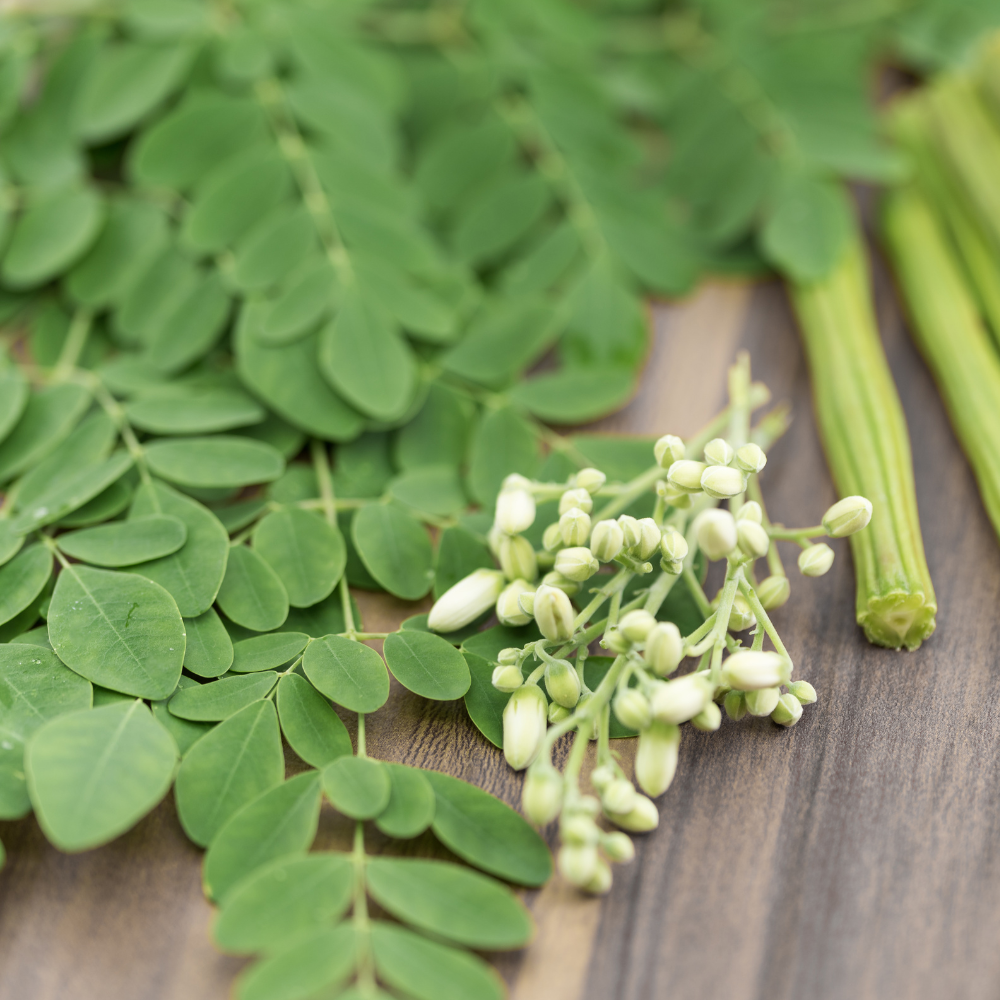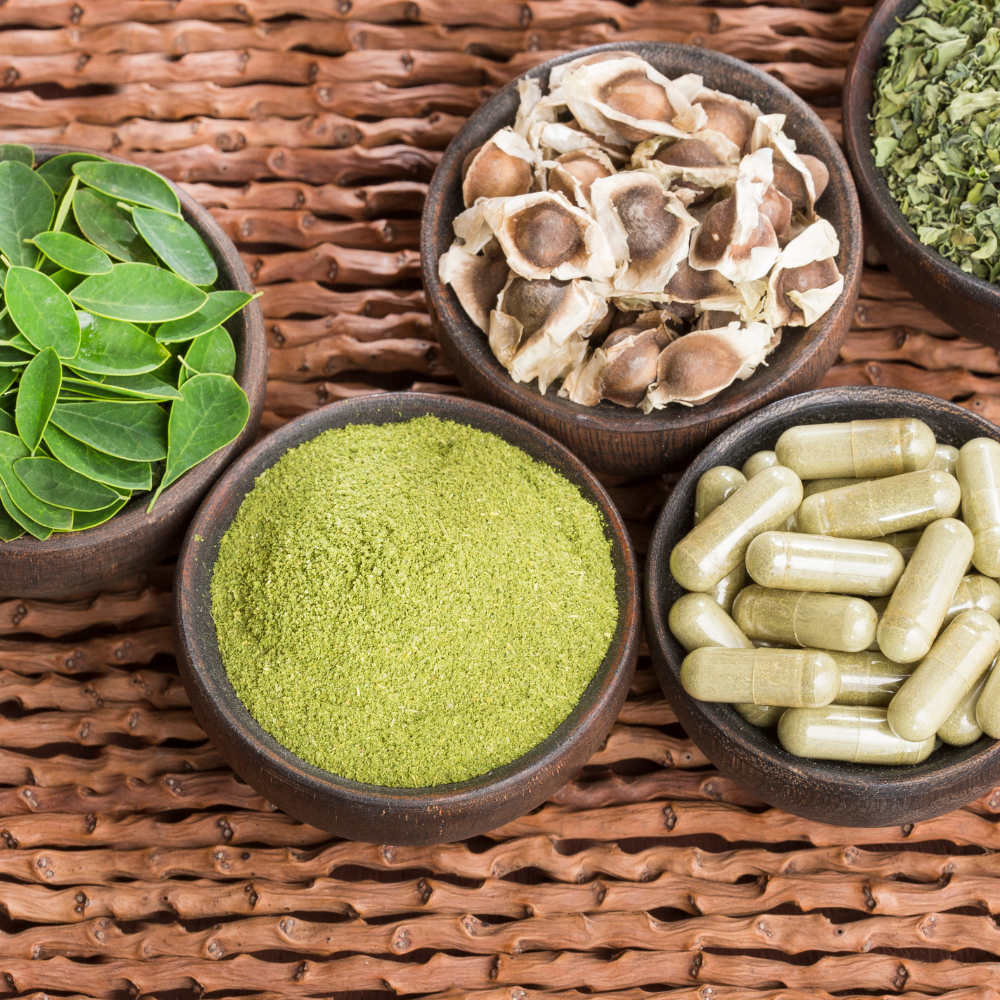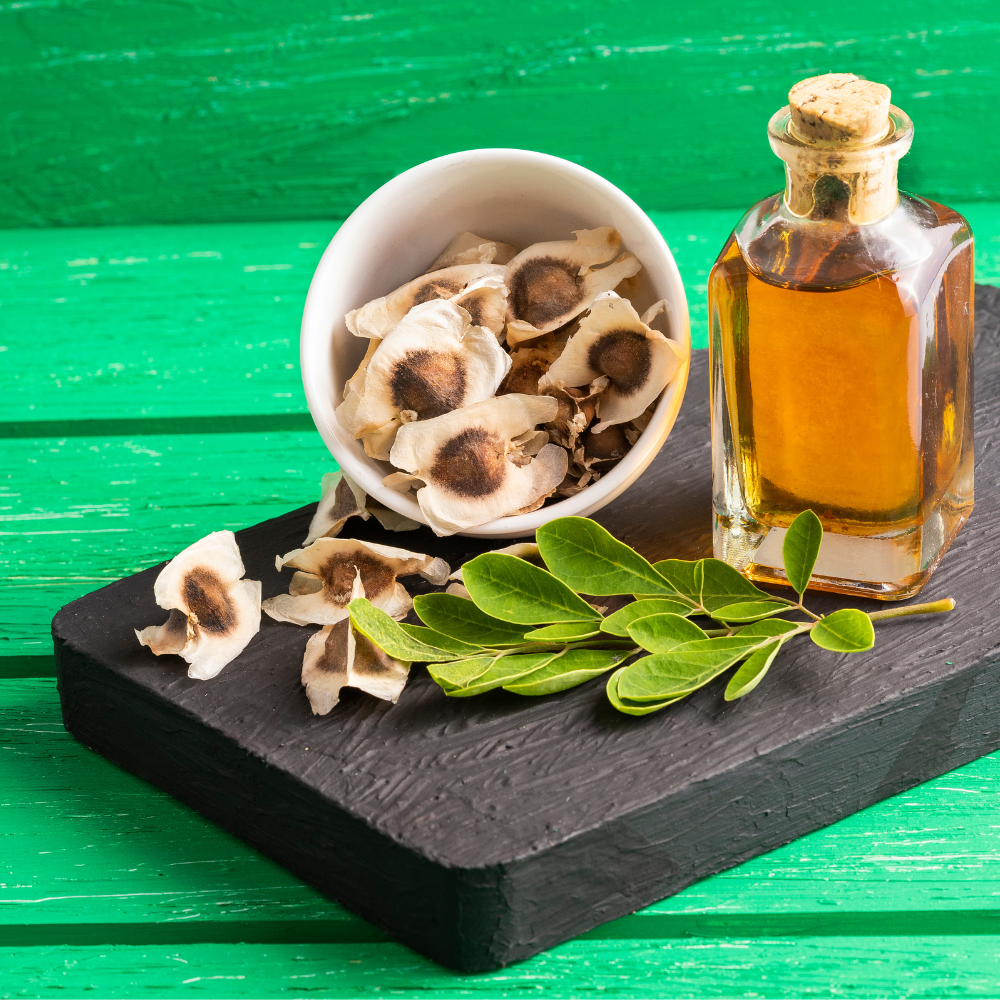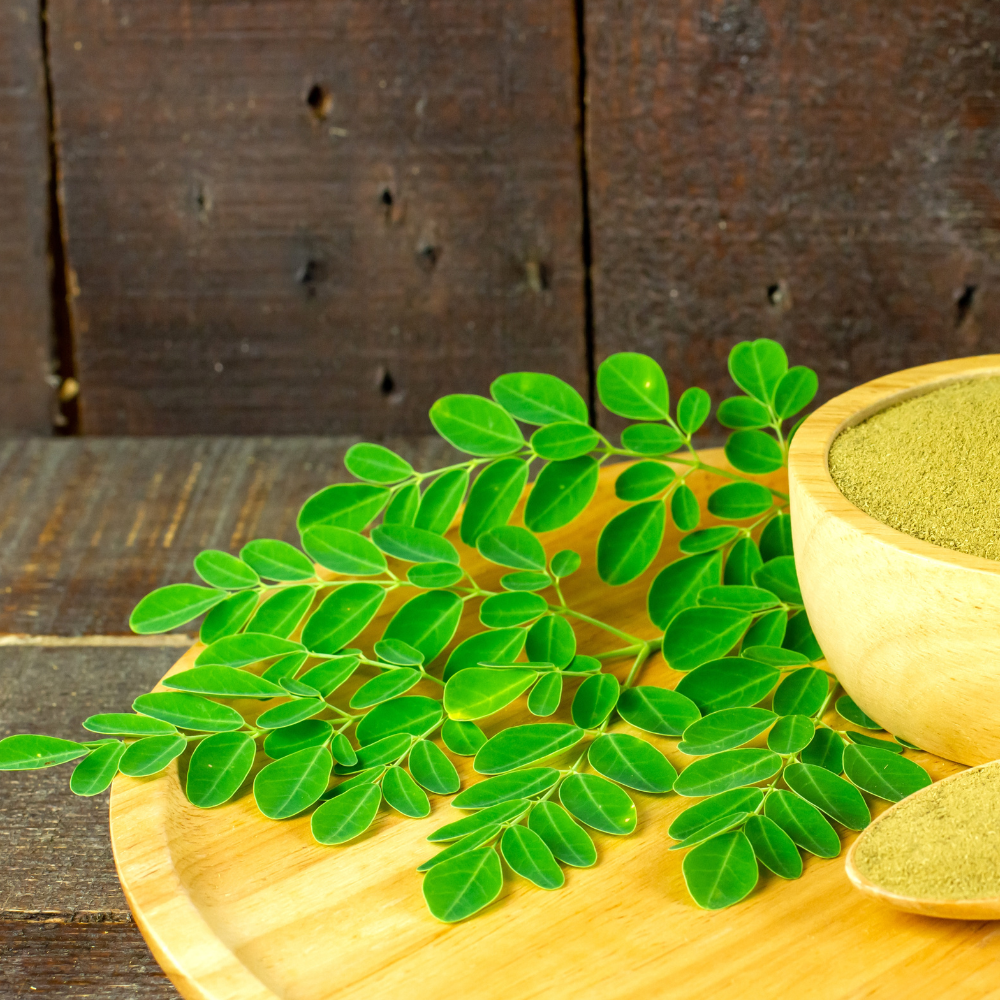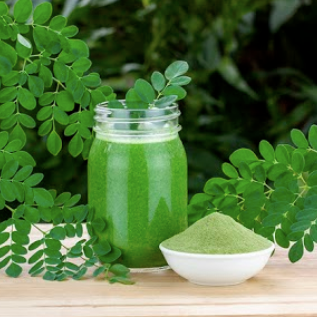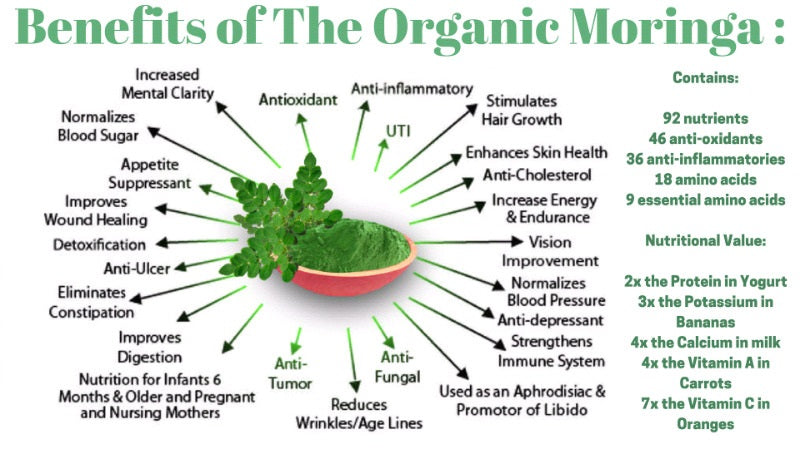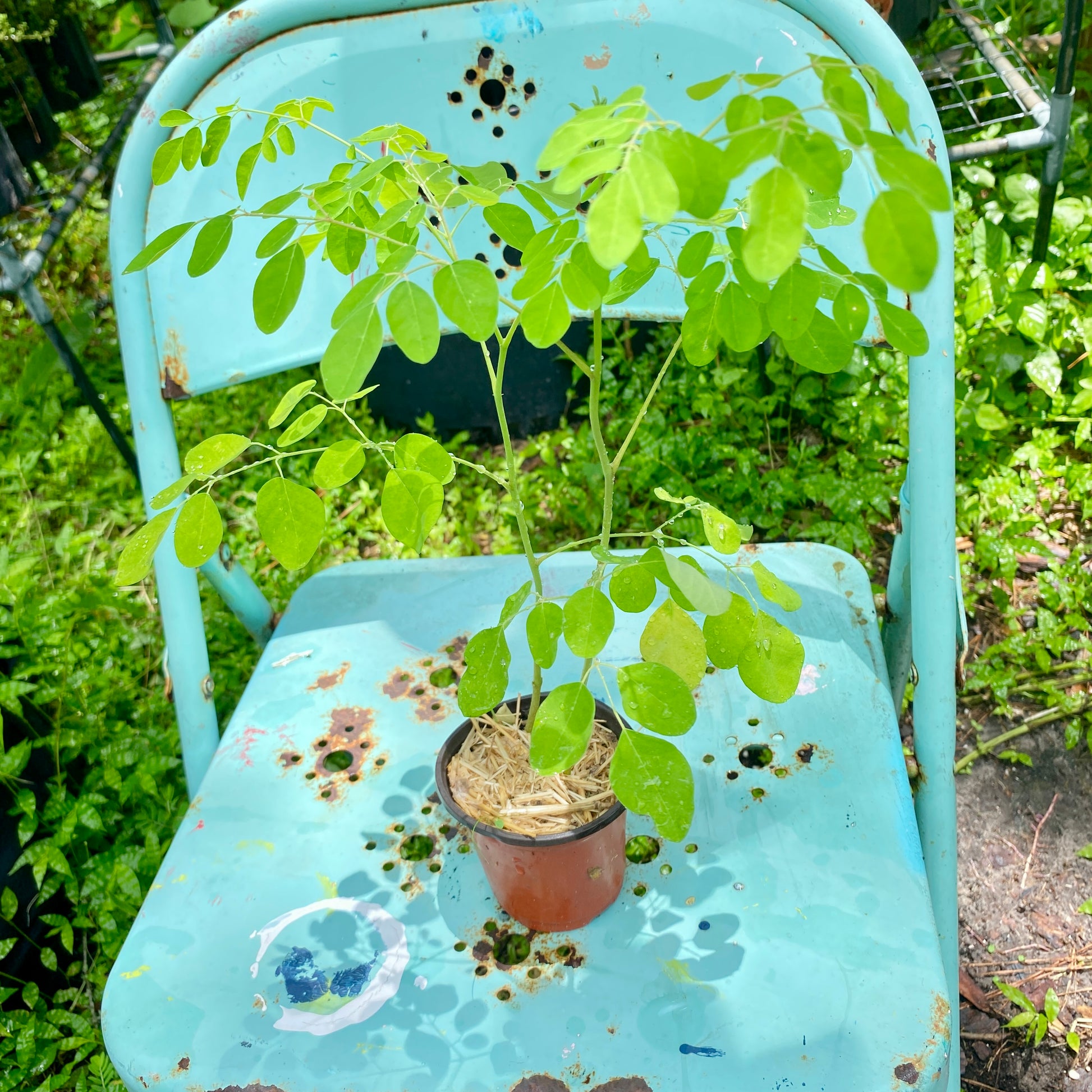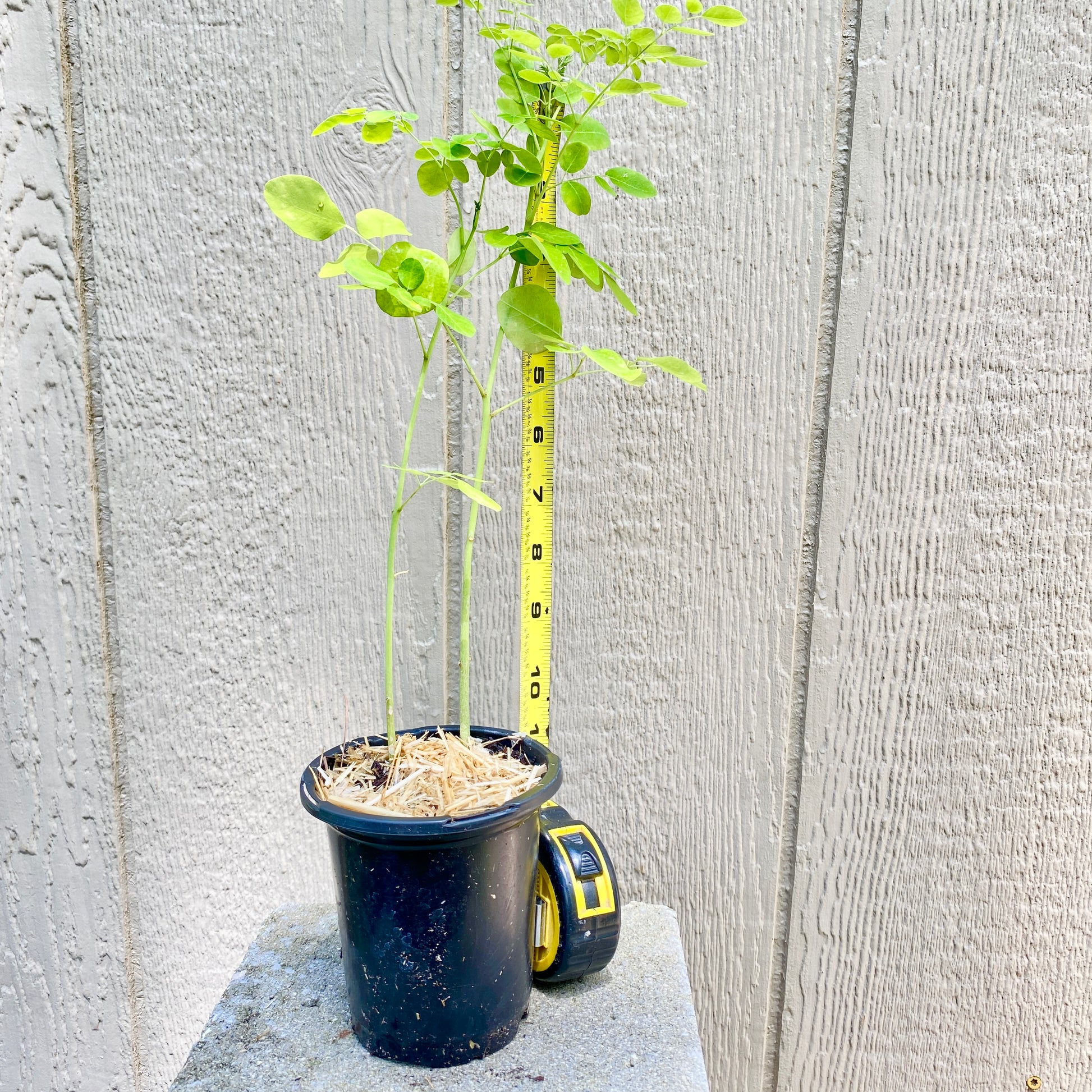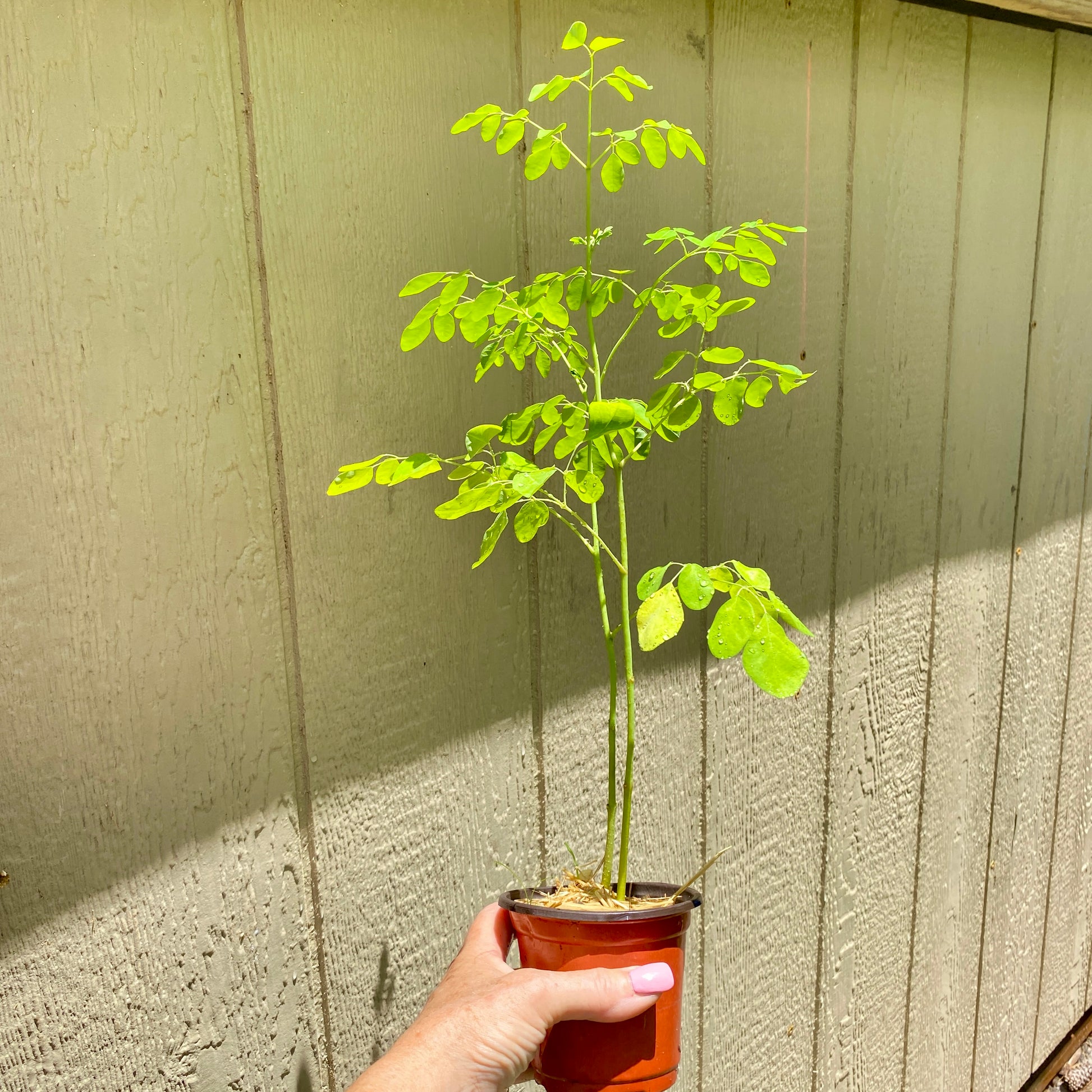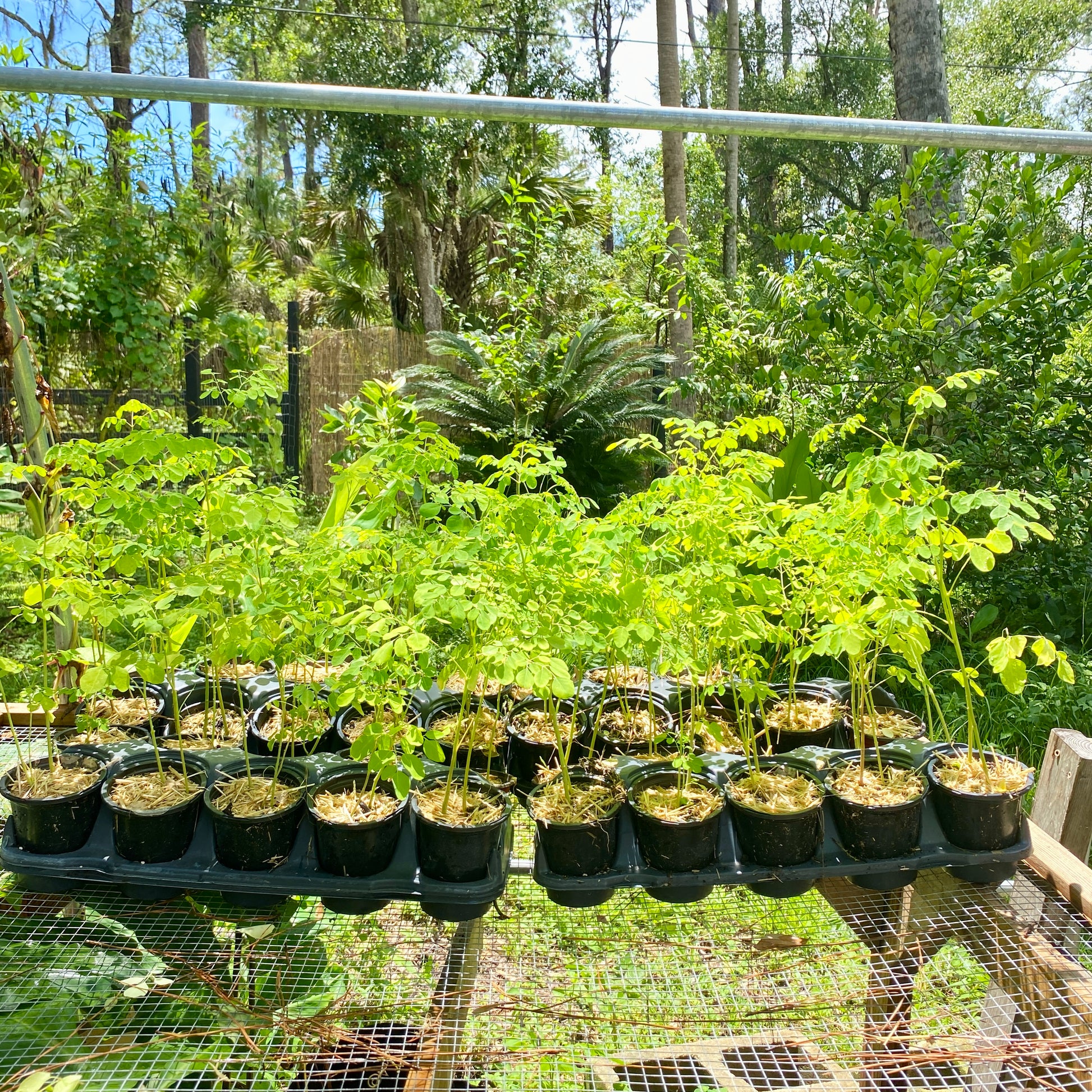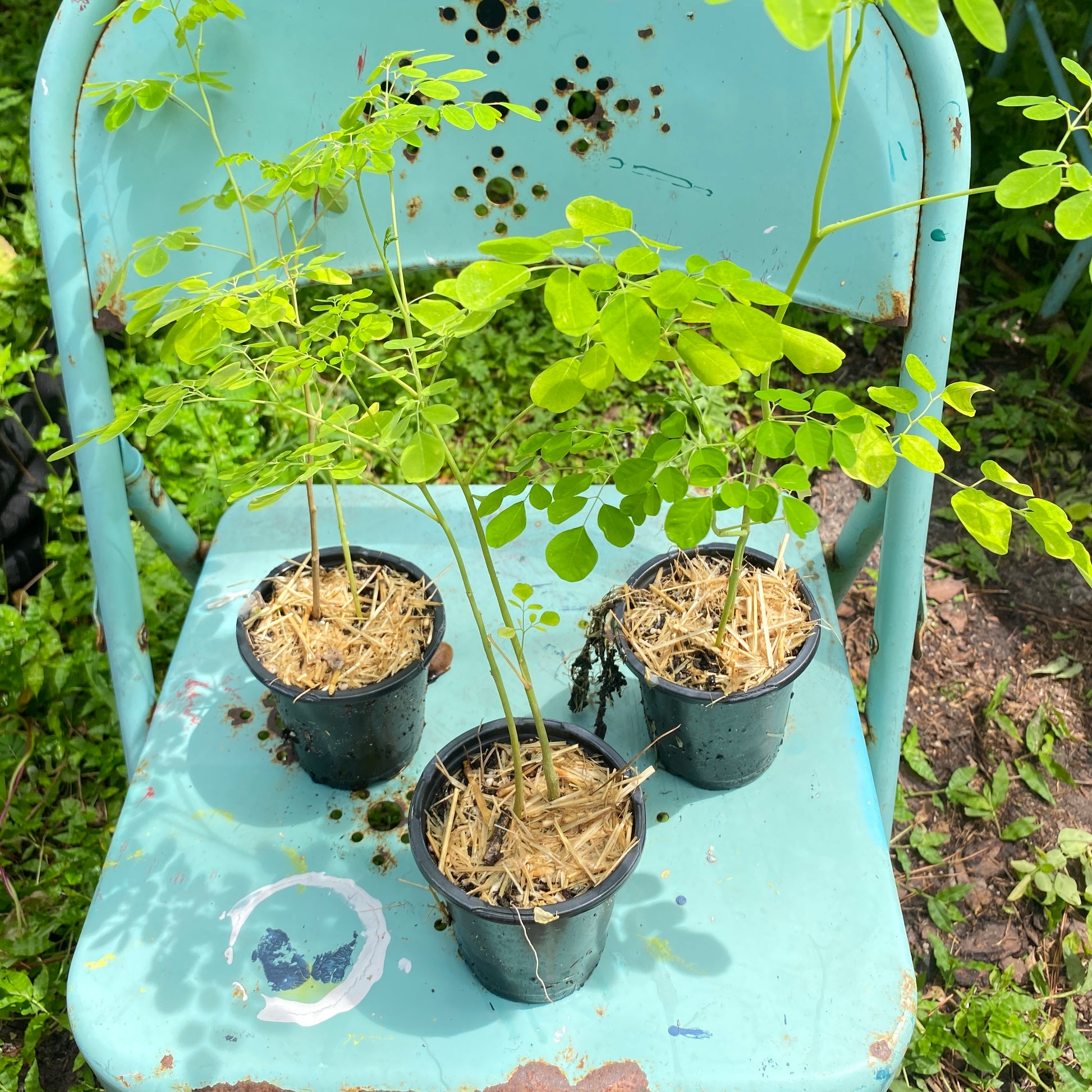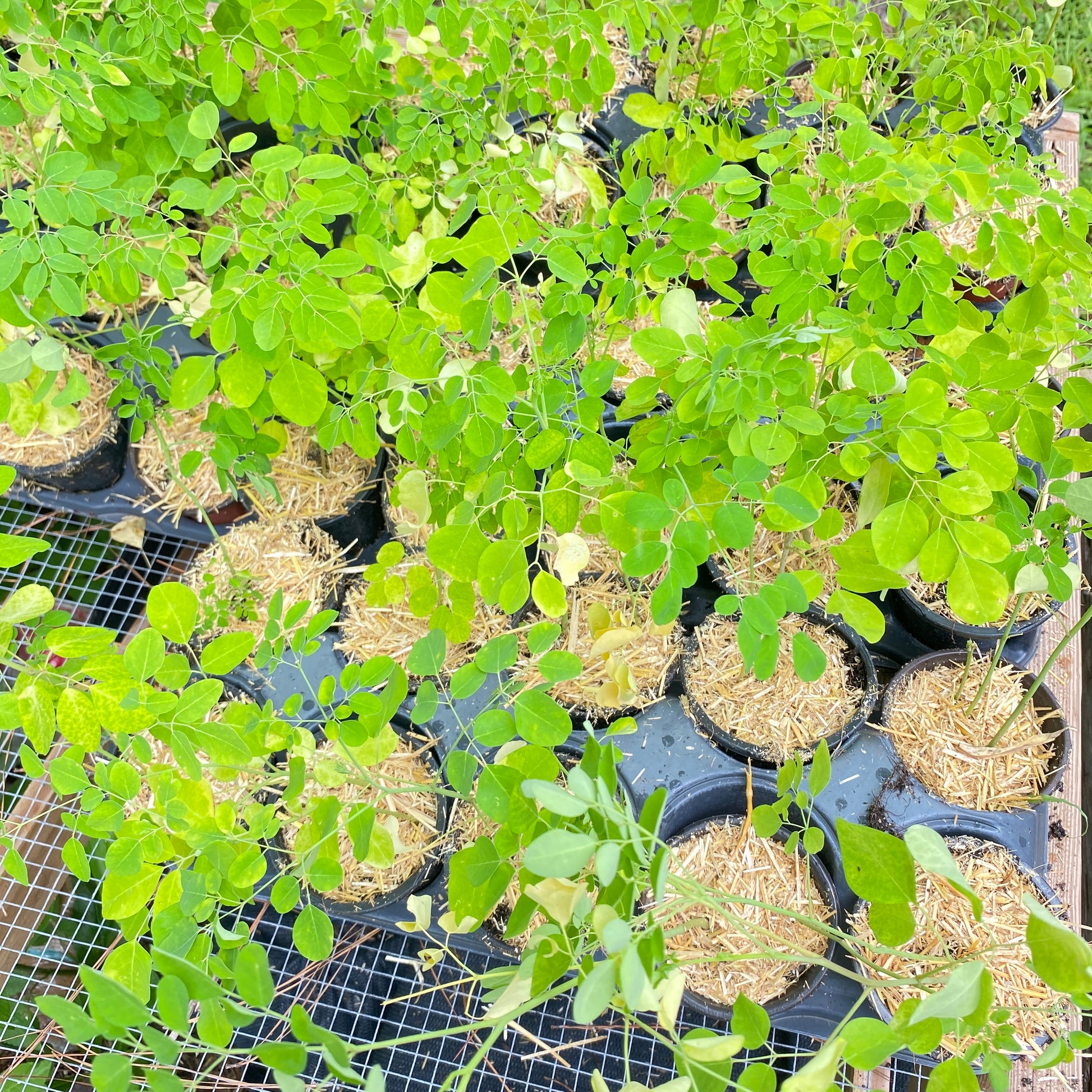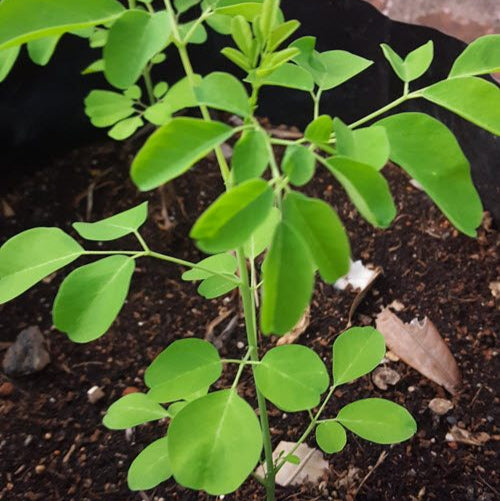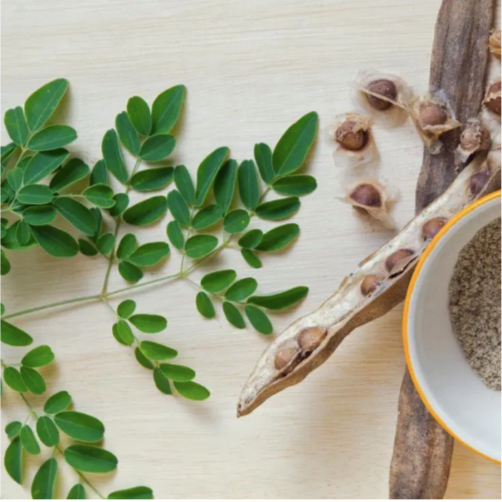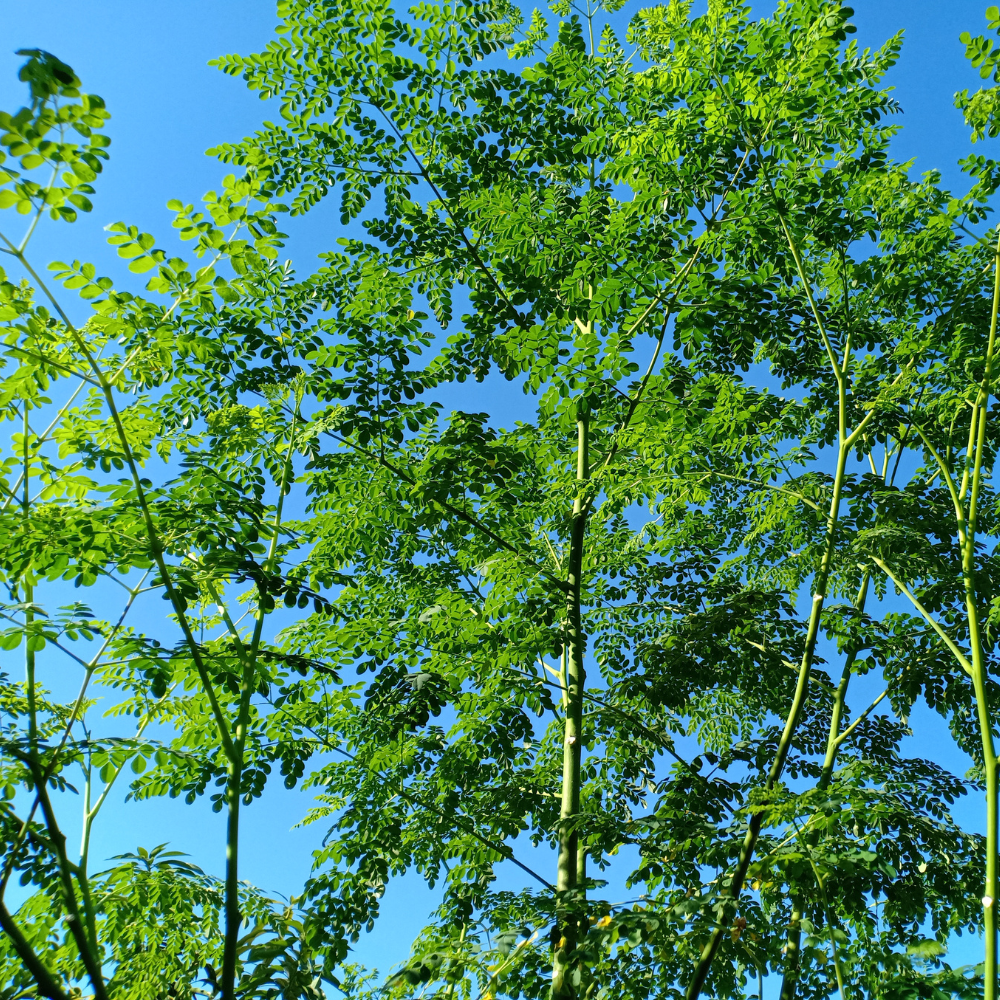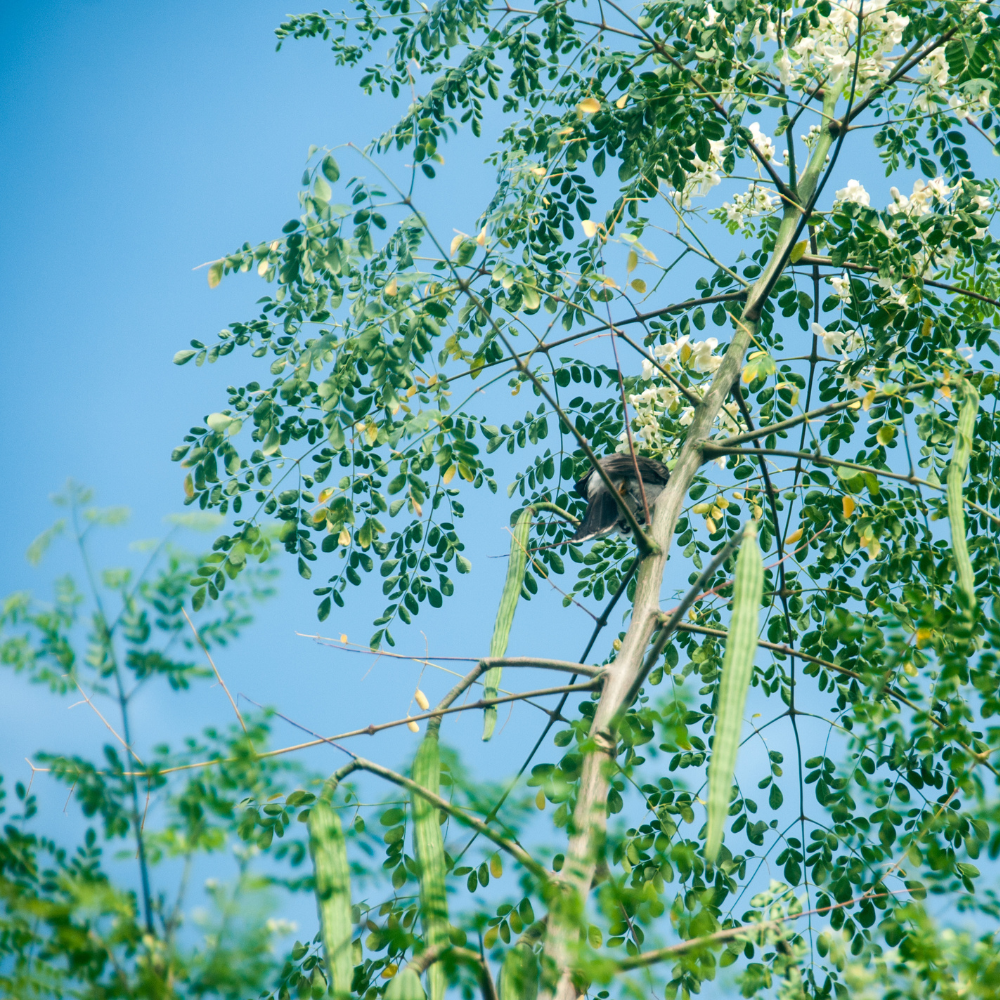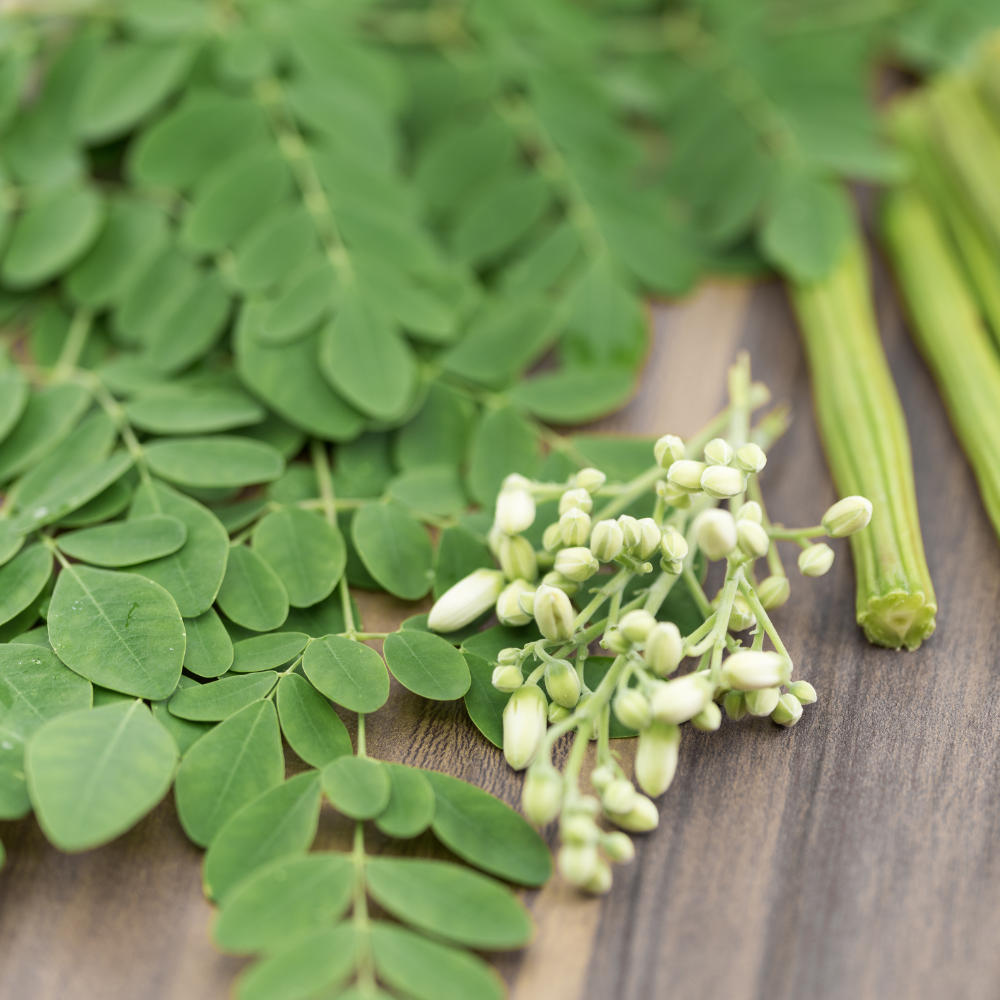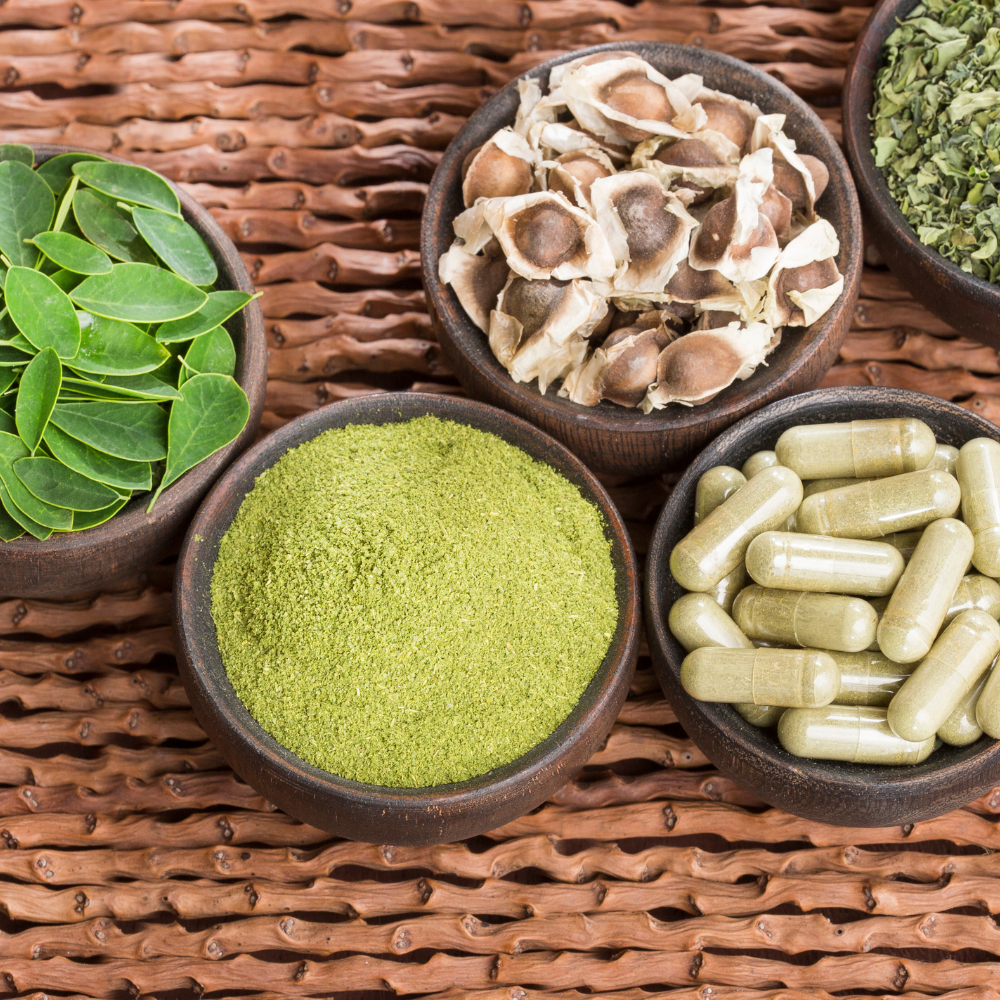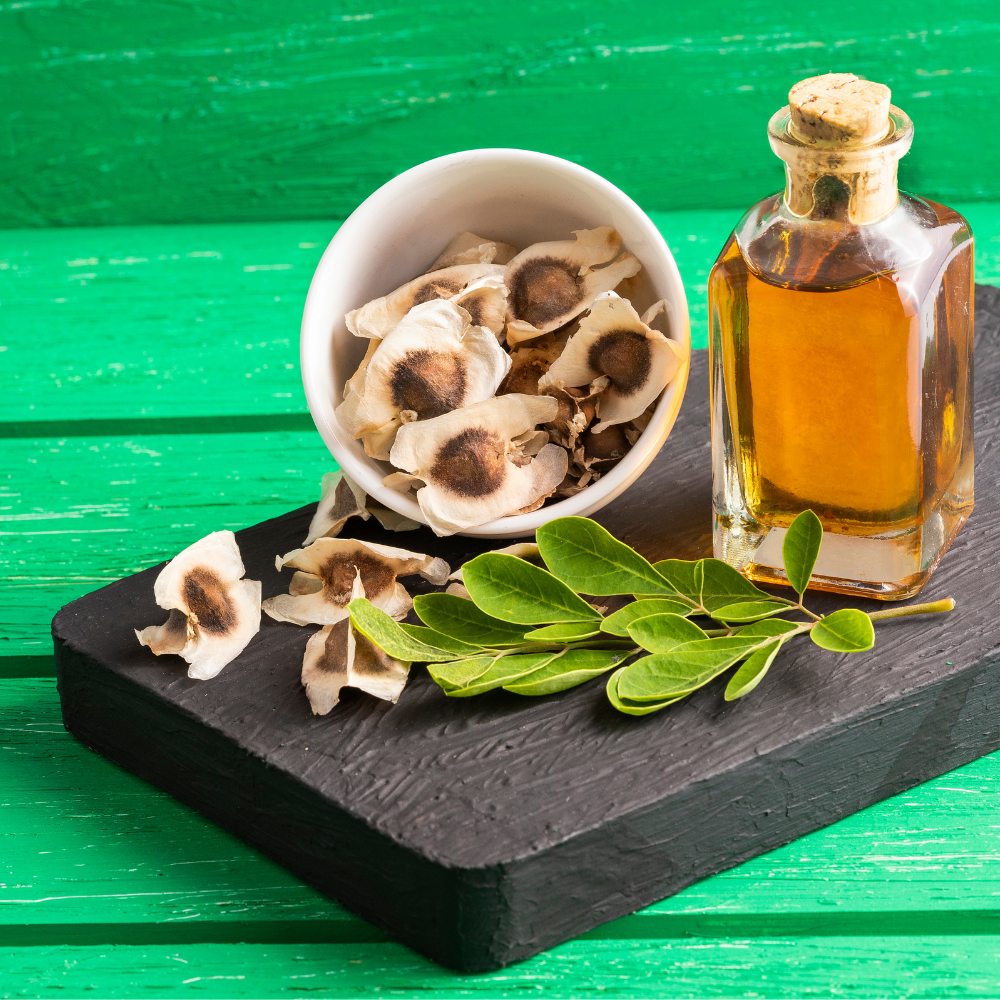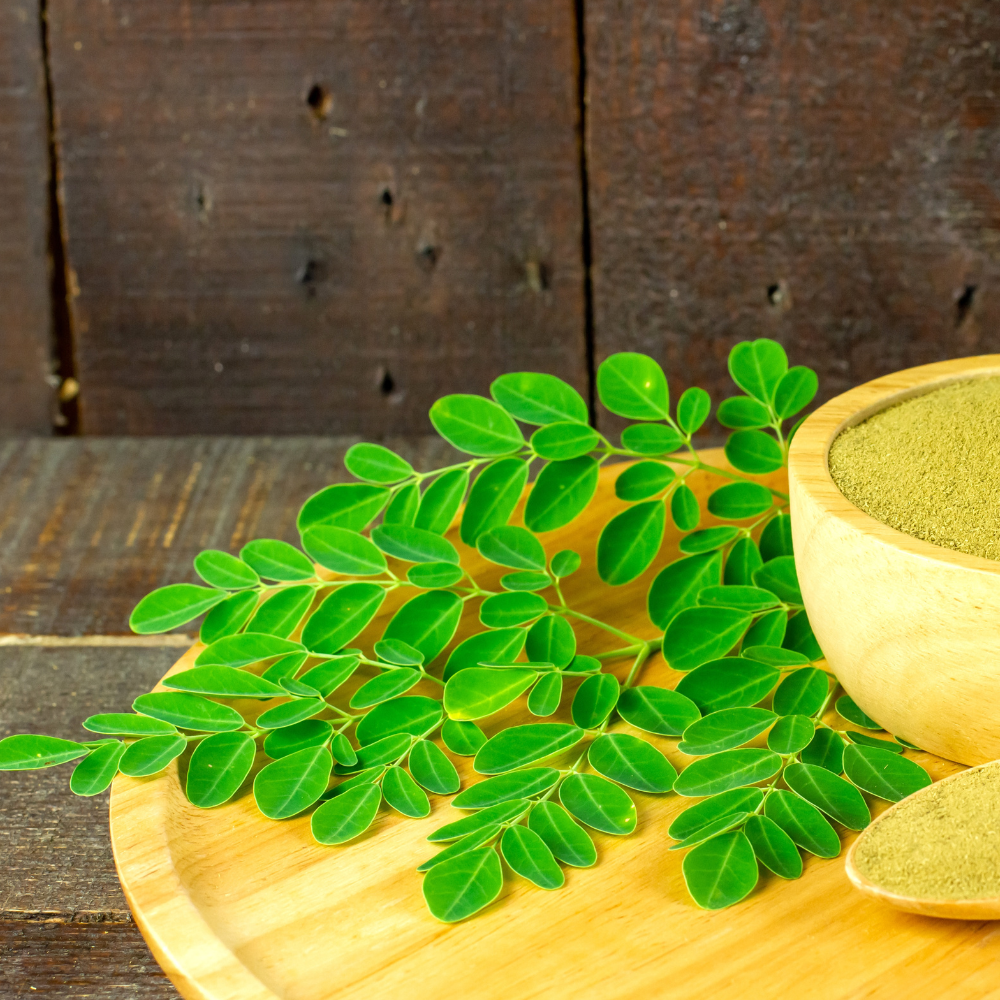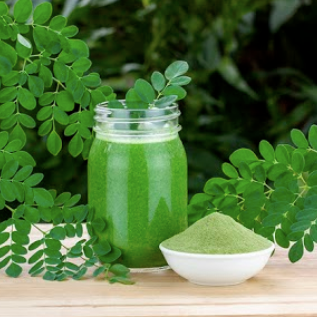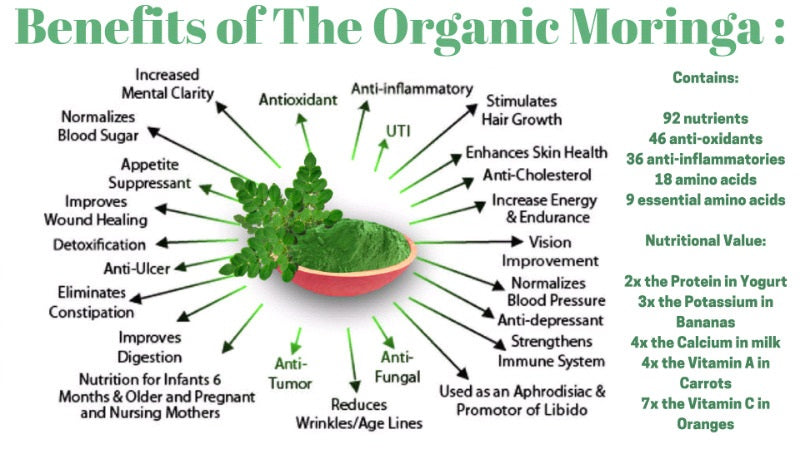Moringa Oleifera Tree, Live Plant
Moringa Oleifera Tree, Live Plant
Couldn't load pickup availability
Description: Get ready to meet the incredible Moringa tree, affectionately known as the "drumstick tree" or even the "miracle tree"! This amazing plant boasts a rich history, cherished for thousands of years in traditional cultures like Ayurveda. It's truly a delight to discover!
Features
- Super Resilient: You'll love how hardy and prolific this plant is, truly thriving even in extreme heat. It can even handle temperatures as low as 22ºF while dormant, as long as it's protected from frost. If you're in a colder spot, simply bring your plant indoors during winter – it's quite adaptable!
- Self-Pollinating: No need for a partner here! This tree is wonderfully self-fertile.
- Stunning Garden Star: Prepare for a real showstopper! Its abundant, light, feathery foliage creates a lovely canopy, letting just enough sunlight reach plants below. Plus, it produces large, gorgeous white flowers and impressive seed pods that are sure to catch your eye.
- Drought-Tolerant Champion: This ginger absolutely excels in hot, humid conditions and can surprisingly withstand dry spells. Just remember, it's not a fan of too much water!
- Perfect Growing Zones Moringa absolutely thrives in USDA Hardiness Zones 8b-11. If you're lucky enough to reside within these zones, congratulations—this fantastic plant is truly meant for your garden!
Culinary Uses Get ready to explore! Almost every part of the versatile Moringa tree is edible. Its fresh leaves are often tossed into soups and salads, while the young seed pods, playfully called drumsticks, are a beloved ingredient in many South Asian curries. The leaves, seeds, flowers, young seedpods, and roots are all traditionally enjoyed. It's even used as a nutritious supplementary feed for livestock – how cool is that?
Nutritional Profile & Botanical Characteristics Moringa is truly a marvel, widely recognized for its impressive array of nutrients.
- Packed with Vitamins and Minerals: You'll find a wonderful mix of vitamins, including A, B, and C, plus essential minerals like calcium, potassium, and iron, all nestled in its leaves.
- A Complete Protein Source: What's truly special is that Moringa is a unique plant source offering all nine essential amino acids, making it a complete protein – fantastic news, especially for vegetarians and vegans!
- Natural Antioxidants: This plant naturally contains various beneficial antioxidants, such as quercetin and chlorogenic acid.
- Water Purification Aid: Historically, Moringa seeds have been used to assist in purifying water. They contain a natural protein that helps impurities bind together, making them easier to separate from the water.
- Valued in Cosmetics: Moringa oil, also known as Ben oil, is rich in antioxidants and is a highly sought-after ingredient in the cosmetic industry, cherished for its emollient properties and versatile applications in skincare.
Symbolism In many cultures, the Moringa tree beautifully symbolizes resilience and its generous, life-sustaining nature, thanks to its amazing ability to flourish even in challenging climates.
Isn't it simply fascinating how one single tree can offer so much? From its impressive nutritional components and diverse traditional uses to its role in water purification and as a cosmetic ingredient, the Moringa tree truly lives up to its heartwarming nickname as the "miracle tree" for its widespread utility!
This easy-to-grow and exceptionally resilient plant is incredibly fast-growing and wonderfully drought-tolerant, making Moringa an ideal companion species for subtropical and tropical food forests. When planted from seed, they develop a long, sturdy taproot that's excellent at retaining moisture and nutrients, allowing them to happily withstand long periods of dry conditions. This adaptable tree provides so many benefits in a sustainable garden system.
Growth Habits & Best Practices
- Height: A lush tropical beauty that can reach an impressive height of up to 20 feet!
- Light: A true sun-worshiper; plant it where it can bask in full sun.
- Soil: Loves rich, well-draining soil to truly thrive. While it can tolerate sandy soil, it's not a fan of heavy clay.
- Dormancy: In zones 1-9, your plants might enter a cozy dormancy during winter, usually from late November or early December until around March or April. The plants might wither, dry, and lose their foliage, but don't worry—their roots typically live happily underground unless they face a very long, severe freeze. In zones 10-11, it simply keeps growing as a perennial!
- Propagation: Moringa often flourishes best when directly seeded, as this truly helps its characteristic long taproot develop optimally. It's a good idea to sow a few more seeds than you need and then thin them, keeping only your most vigorous, healthy little plants. You can also propagate it with cuttings (though you won't get the benefit of that amazing long taproot this way).
Where to Plant Moringa hails from semi-arid regions around the world, so it absolutely adores drier conditions and full sun exposure. It won't be happy in soggy or heavily shaded spots. But guess what? It's adaptable enough that it can even thrive in a sunny room inside your house – how convenient!
Planting Guide
- Dig a hole that's as wide as your pot and deep enough to comfortably settle the taproot.
- Carefully remove the plant from its pot and place it in the prepared hole.
- Fill the hole with your native soil mixed with a bit of compost, and give it a good, generous watering to help it get established.
- If you're in zones lower than 8, remember to bring your potted plants indoors for winter protection.
- Container Planting: If you're growing in a container, make sure to use a good quality, well-draining potting mix.
- Care Routine: Give it regular watering, but always let the soil dry out nicely between waterings.
-
Treat it to a balanced fertilizer once a year to keep it happy and thriving!
A Little History It's believed that this incredible tree first graced the foothills of the Himalayas in India. From there, the cultivation of Moringa journeyed far and wide to ancient Egypt, Greece, and Rome, and then later spread its magic to parts of Africa, Southeast Asia, and even the Pacific and Caribbean Islands. All thanks to its amazing ability to grow in so many different climates – truly a global traveler!
Ideal For
- Home gardeners in warm regions who adore visually striking and incredibly versatile plants.
- Gardeners eager to add resilient and adaptable green treasures to their landscape.
- Anyone interested in self-sufficiency and exploring diverse botanical resources!
🚫 Not Ideal For
- Those residing in frigid regions below USDA Zone 5, unless you have a cozy indoor spot to bring a potted plant for winter.
- Gardeners whose preferred planting locations don't get direct sun.
Disclaimer: This information is provided for general knowledge about the Moringa Oleifera plant and its characteristics. This product is a live plant for cultivation purposes. These products are not intended to diagnose, treat, cure, or prevent any illness or disease. Consult with a qualified professional before using any plant for medicinal purposes.
Share
